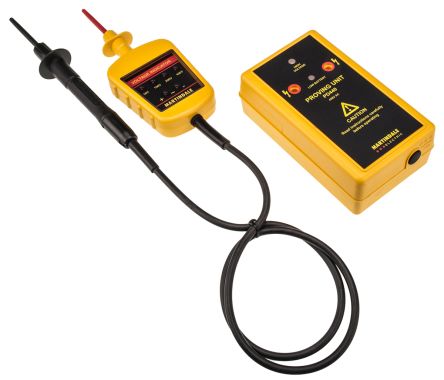Firstly as you'll note by this thread, I'm not an electrician, but am cautious/sensible enough to post the question, so should hopefully(!) be up to the job.
I have a damaged (but still working) 1 way light switch that needs replacing. I've done this before, though to do this previously I've simply turned off ALL the power at the breaker, tested the light didn't work, replaced the switch, turned everything back on, tested again.
However, I now believe there is a safer way
I believe the screwdrivers with lights on are deemed to be inaccurate/potentially dangerous. If so my question is how do I safely use a multimeter to test the switches are live /dead at the various stages?
For 4, could I instead just touch the two multimeter probes to ensure a reaction?
I have a damaged (but still working) 1 way light switch that needs replacing. I've done this before, though to do this previously I've simply turned off ALL the power at the breaker, tested the light didn't work, replaced the switch, turned everything back on, tested again.
However, I now believe there is a safer way
- Test the circuit at current switch is live (to confirm test equipment works)
- Remove consumer unit fuse for lighting (to isolate)
- Test the circuit at current switch is now dead
- Test the circuit at another switch on a different circuit (to confirm test equipment is still working)
- Change light switch
- Turn everything back on and test it works
I believe the screwdrivers with lights on are deemed to be inaccurate/potentially dangerous. If so my question is how do I safely use a multimeter to test the switches are live /dead at the various stages?
For 4, could I instead just touch the two multimeter probes to ensure a reaction?
Last edited:





